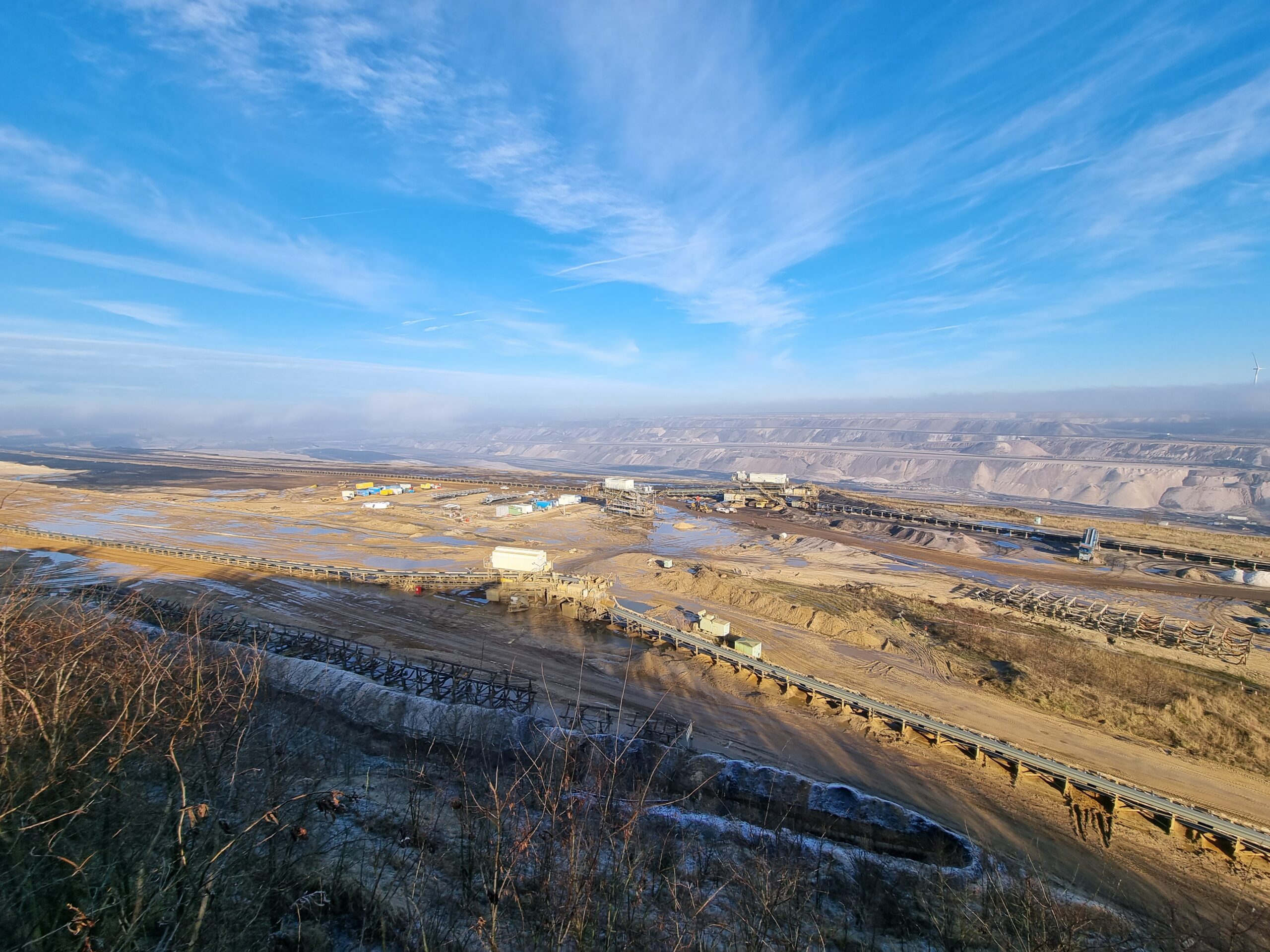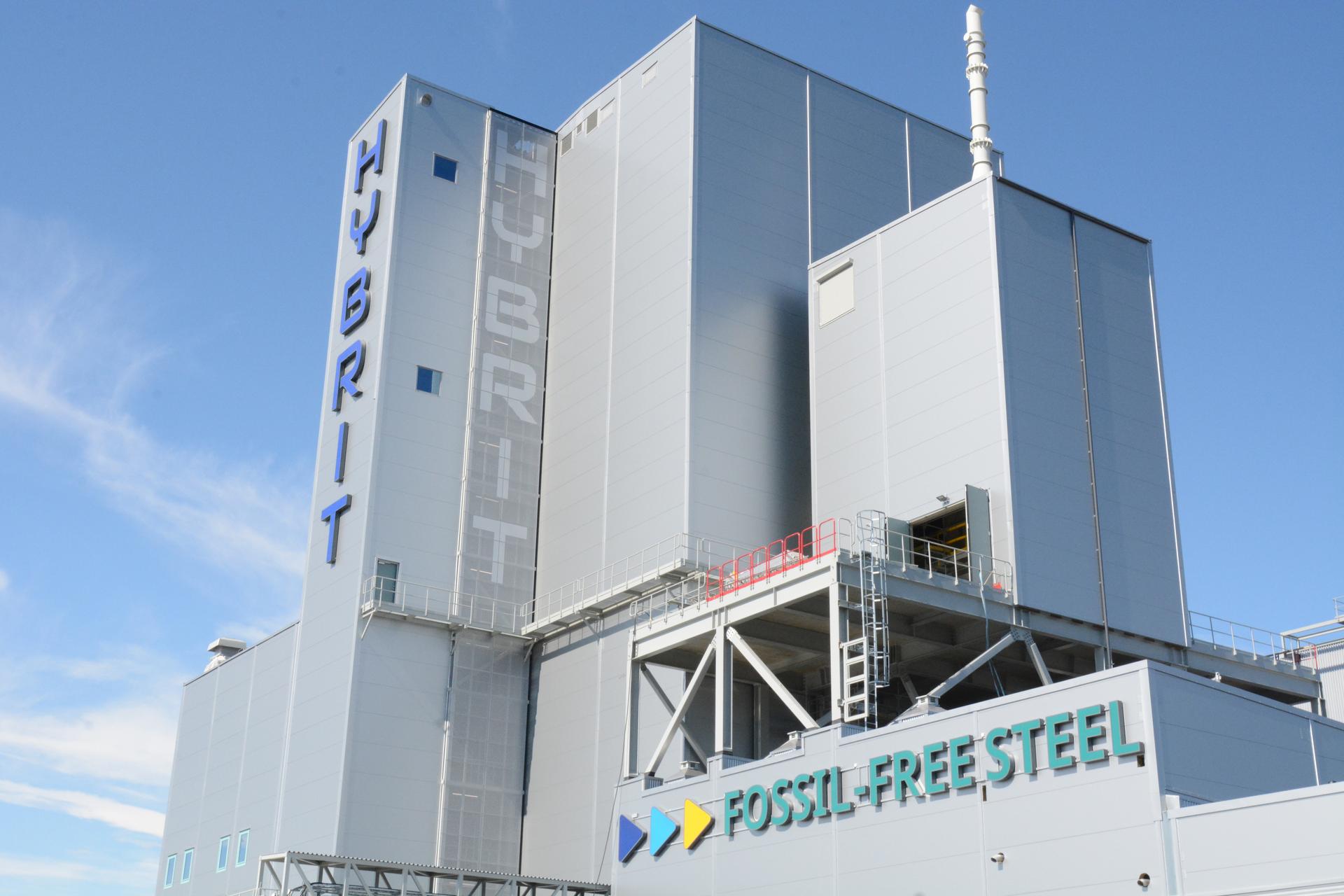
Off-shore wind farms, cross-national hydrogen projects, and subsidies for buying emission-free vehicles are just a few of the investments EU countries plan to make in order to support the green transition. According to the European Commission, no less than 40 percent of the total amount allocated for the approved Recovery and Resilience Plans is for climate objectives. “This is even higher than our initial objective and a great success,” said President Ursula von der Leyen in a statement.
A year after its establishment, the European Commission published the first report on the implementation of the RRF. The document presents an overview of the facility and of the areas member states are planning to work on. Six policy pillars define the scope of the facility. Among the six of them, the digital transition and the green one are the critical aspects for the Commission. As a matter of fact, the RRF regulation required every member state to spend at least 37 percent on climate objectives and 20 percent of their budget on digital ones.
So far, all countries – except for the Netherlands – presented a plan of reforms and investments. The Commission positively assessed 22 of them, thereby disbursing a pre-financing payment to 21 of them – summing to €56.6 billion. A prefinancing payment amounts to 13 percent of the total budget every member state is expected to receive. On 27 December 2021, Spain received its first financial contribution – excluding the pre-financing ones – worth €10 billion.
How is the green transition set to happen?
The report highlights some of the main areas of investment of the 22 endorsed plans within the green transition pillar. The Commission underlines how 32 percent of the expenditure within this pillar is for sustainable mobility.
The investments in the railway infrastructure are described as “crucial” in the paper, as they represent the way to shift towards a more environmentally friendly freight and passenger transport.
Improving road transport’s sustainability is another aspect key to enhanced sustainable mobility. Germany’s plan of giving financial support to buy emissions-free vehicles is mentioned as one of the examples of such an effort.

The transport sector’s reforms are defined as “an important part of most RRPs”. Changing the regulatory framework is, as per the Commission, one of the ways to sustain emissions-free transport.
Energy efficiency-related investments amount to €64.4 billion. The Commission’s report underlines how the majority of this sum is going to public and residential buildings. Most of the money is for reducing primary energy demand by 30 percent. Furthermore, within the third pillar – smart sustainable, and inclusive growth – most of the budget is for building renovation and construction.
Green power
Over 26 billion euros within the green transition pillar are for clean power – including renewable energy and networks. The Commission explains how two-thirds of this sum will foster solar energy, offshore wind farms, and the construction of industrial sites using renewable energy. The other share will support smart grids and energy storage investments.
The report underlines how 15 RRPs included measures dedicated to hydrogen. H2 is – as per the paper – set to be playing an “important role to reach climate neutrality in the long run”.

In addition to the investments, reforms will help the green transition happen. Notably, such instances are to streamline the efficient operation of the electricity markets and the development of new renewable power plants. Romania’s National Hydrogen Strategy is the mentioned example. To achieve the national and European hydrogen-related goals by 2030, the reform will remove legislative and administrative obstacles.
Furthermore, the Commission’s paper stresses how hydrogen is present in eleven multi-country projects. Eleven Important Projects of Common European Interest – IPCEI – on hydrogen are included in 8 plans. The countries involved are Austria, Belgium, Germany, Italy, France, Finland, Spain, and Portugal.
Environmental and climate change adaptation policies
Environmental and climate change investments account for 19 percent of the green transition pillar investments. Biodiversity and ecosystems are being protected with several investments – Ireland’s restoration of peatlands is one of them.
Furthermore, circular economy and waste management are part of the funded actions. Retrofitting and creating new sorting facilities are included in the plans of several countries. The report mentions Belgium’s support for minimalizing radioactive waste during the dismissing of nuclear power plants.

Water protection and management are other aspects countries are taking care of. Flood risks mitigation and fire prevention are some of the priorities of some of the Mediterranean countries. The report calls attention to Cyprus – being vulnerable to climate change – which plans to carry out an action plan on water management and several actions to contain wildfires.
Additional actions aim that don’t fall under the previous categories aim at mitigating climate change too. Emissions taxes and organic farming are two of the examples the Commission enumerates in the report.
Digital public services as the main priority
About €130 billion of expenditure supports the digital transition pillar. E-government investments represent the largest share with €47 billion. Public services, cybersecurity, and the digitalization of the healthcare systems represent some of the actions member states are planning to carry on.
A significant share of the budget under the digital transition pillar is to develop digital skills – € 26 billion. The same amount of money, according to the Commission measurements, supports businesses’ digitalization.
Connectivity is also being improved. Austria plans to reach half of its households with gigabit-capable connections, while Italy will finance measures to support the National 5G network. Submarine cables from Greece to Cyprus will boost connectivity on the island.
Additionally, around €18 billion will support digital technologies and capacities. Germany, for instance, will invest in next-generation cloud infrastructure.
The other pillars
Smart, sustainable, and inclusive growth is the third pillar established by the commission. The 22 plans approved so far are investing about 223 billion in it. It has a wide scope, as it includes several areas – in addition to building construction spending – support to business and culture, to name a few.
The fourth one is social and territorial cohesion, which amounts to 193 billion of the estimated expenditure. Within this pillar, one of the goals is to bridge the gap between urbanized and rural areas, with reforms and investments boosting infrastructure and investments.
Health, economic, and social resilience is the fifth pillar’s focus, being supported by €78 billion. Next-generation policies – pillar number 6 – represent 11 percent of the total budget of the approved RRPs, with 49 billion.
In the report’s ending statement the Commission underlines how the facility is “firmly running its course”, and that the plan will help countries come out stronger and greener. By 2026, the course will arrive at its final destination, only time will tell how resilient the Union would have become.
Support us!
Innovation Origins is an independent news platform that has an unconventional revenue model. We are sponsored by companies that support our mission: to spread the story of innovation. Read more.
At Innovation Origins, you can always read our articles for free. We want to keep it that way. Have you enjoyed our articles so much that you want support our mission? Then use the button below:







